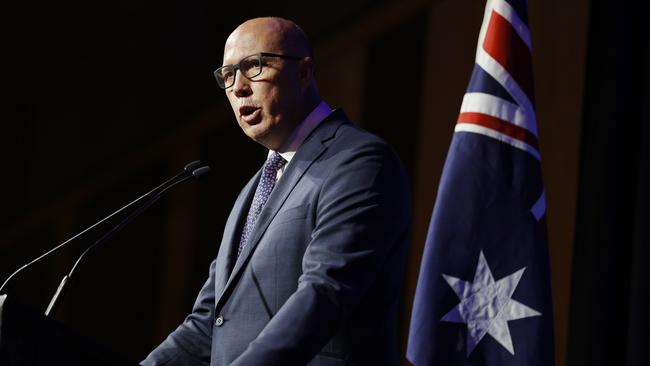
Sydney property prices have increased by 9 per cent in the past year, pushing the median price above $1.1m. Average homeowners in Sandhurst, an unfashionable 37km from the Melbourne CBD, will be pleasantly surprised to learn they are now millionaires.
You don’t have to be a Nobel prize winner to work out what’s happening. New home completions in Australia, around 120,000 a year. Annual natural population increase: approximately 100,000. Net inward migration from April 2022 to March 2023: 454,000.
At an average of 2.5 people a home, the housing shortfall has risen by 100,000 homes concentrated in Sydney and Melbourne in a year. Roads are more congested, schools and hospitals more crowded, and prices of goods and services inflated.
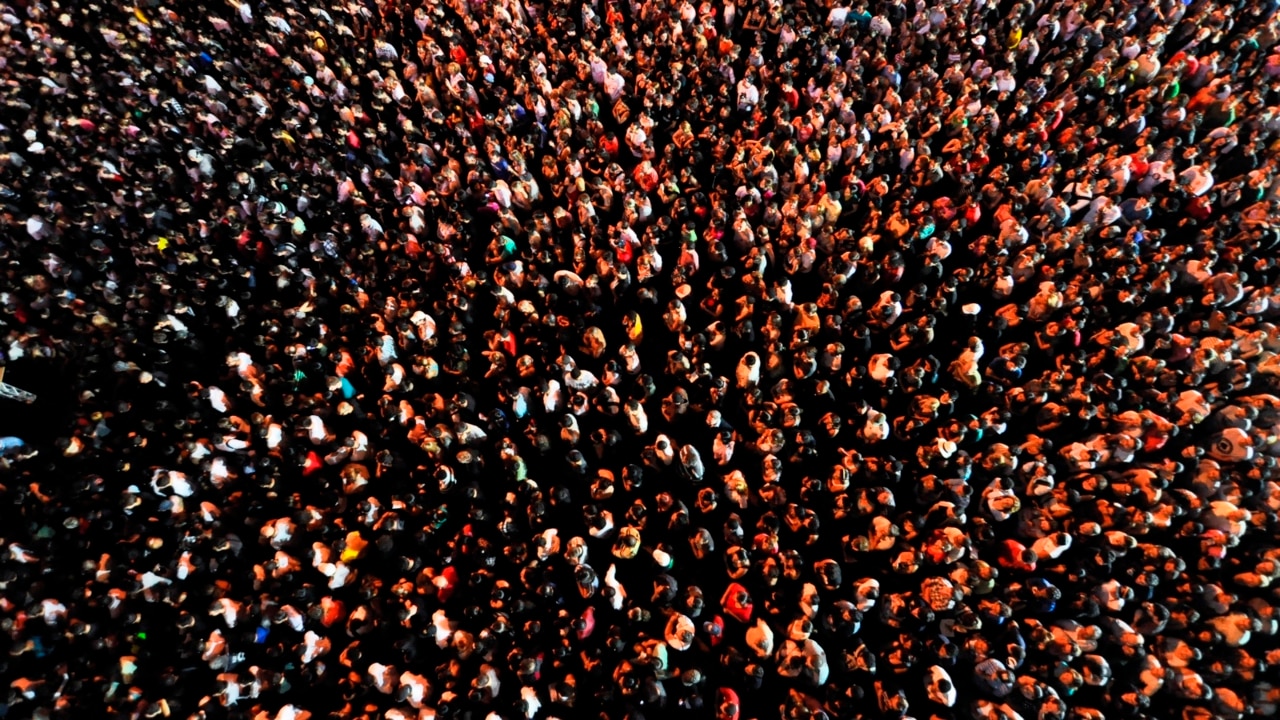
Immigration will be high on the agenda at the next election, whether our political class wants to discuss it or not. The consequences of high immigration numbers are felt most in the middle and outer suburbs, where the next election will be decided. This is where people are being sledgehammered by rising interest rates, the Reserve Bank’s response to inflation, which remains stubbornly high in no small measure because of migration.
Without immigration Australia would be in a technical recession. The decline in productivity would be taking its toll. Bottlenecks would have eased and inflation would be receding. With the size of the immigration program, the last thing we needed was the return of concerns about border control. Yet its mishandling of the High Court’s decision to release illegal migrants with serious criminal records from indefinite detention achieved just that.
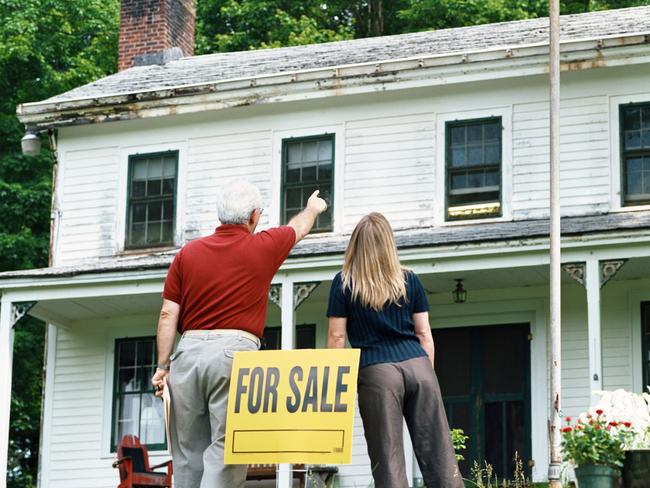
The decision to issue 860 temporary visas to Palestinians since October 7 hardly helps Labor’s case. It finds itself wedged between the legitimate concerns of Australians and the elevated ideals of the progressive left.
The government is trying hard to portray the spike in immigration as a post-pandemic surge. It pains to point out that numbers will return to normal, whatever normal might be, in the coming years. Yet the average cap of 227,000 migrants in the 13 years before Covid was significantly higher than the previous 10-year average of 97,000 under John Howard. It was markedly higher than the average for developed countries, including Sweden and Germany, where the scale of immigration has seriously damaged the social fabric.

The mining boom might have justified the significant increase from 2006-07, but the government will have to furnish a different excuse if it is to persist with such numbers now. It will struggle to find one beyond its fear of picking a fight with the Fiscal Impact of New Australians model.
Treasury claims the economic benefits of migration outweigh the costs are based in part on the FIONA modelling. It claims skilled migrants make a lifetime contribution of $198,000 to the nation’s finances, compared with an $85,000 cost for the general population.
Consequently, its budget forecasts assume a government that reduces immigration numbers will have less money to spend. Brandishing FIONA at a nervous prime minister has the same effect as holding a cross to a vampire.
The holes in Treasury’s crude, inflated expectations of the benefits of migration are large enough to be seen from space. Not all migrants are skilled and few are primed to earn significant salaries the moment they step off the plane.
A new set of data on migrant employment, compiled by the Australian Bureau of Statistics, offers a more realistic picture of what happens in the real world as opposed to the world inhabited by the Treasury. Migrants in 2019-20 comprised 29.8 per cent of the population but held down just 26.3 per cent of all jobs. The median annual personal income for migrants was $45,351 in 2019-20, compared with $52,338 for the general population.

There is massive disparity between the annual income of permanent, skilled visa holders ($79,300) and those on temporary visas ($34,600) and temporary student visas ($20,400), whose contribution to tax revenue is low or non-existent.
Student visas, with their associated working rights, account for much of the growth in immigration in the past 15 years. It has had a dramatic impact on campus culture and the quality of university education. The proportion of overseas students at Group of Eight universities has risen from 32 per cent to 38 per cent since Covid. A recent study by Navitas predicts 50 per cent of students will come from overseas by the end of the decade.
Sooner or later, governments and university authorities must confront the degrading effects of uncapped overseas enrolments. Any attempt to reduce these numbers to more sensible levels will face strong opposition from the universities and, by extension, the inner-metropolitan elites with their starry-eyed commitment to a big Australia, rich in diversity and social justice.
Oppositions must choose their hills carefully before starting a fight, which is why the Coalition may be nervous of running hard on immigration numbers and concentrating instead on the government’s weaknesses in border security. Yet some conclude that tackling inflation, home affordability, strained infrastructure and overstretched public services cannot be separated from restoring order to the immigration program and wresting control from the Treasury and universities.
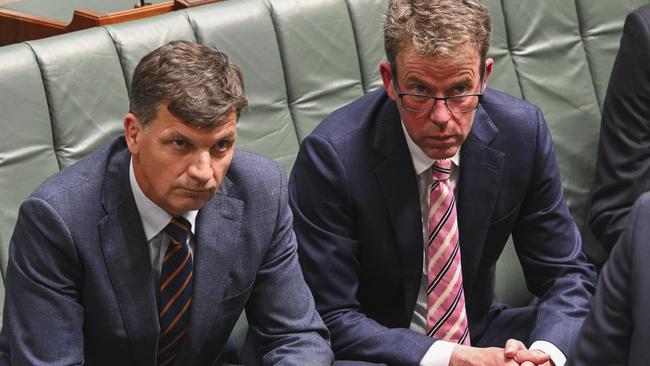
Shadow treasurer Angus Taylor highlights inflation and falling productivity as the twin evils that, left unchecked, will inevitably reduce prosperity. “Population growth, including immigration, is running hot, and housing shortages are being felt across the country,” he told The Sydney Institute in July. “The government is proposing rapid population growth – 1.5 million immigrants in five years – without a plan for housing, services and infrastructure.”
Taylor and shadow immigration minister Dan Tehan have a year to put some flesh on the bone, drawing a firm link between immigration and inflation and presenting the case for a pause on immigration followed by a return in the medium term to a level closer to the 25-year average.
The work of tightening visa categories that Peter Dutton began as immigration minister must continue. The Productivity Commission’s recent Five-year Productivity Inquiry offers some practical recommendations that can be adopted. A full-fronted assault on immigration management is not without political risk. It will be opposed by countless vested interest groups and be grievously misrepresented in the Dutton-phobic media as populism.
Yet there has seldom been a more auspicious moment to restore trust in our immigration system and rebuild the consensus that is essential to every immigrant nation.



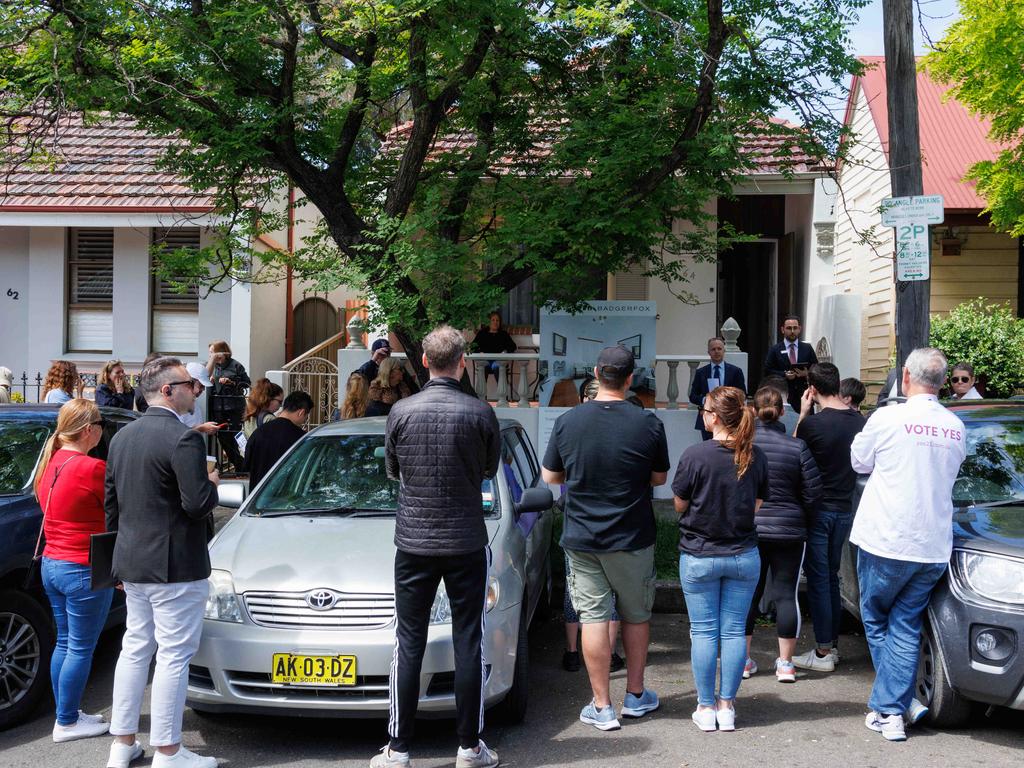

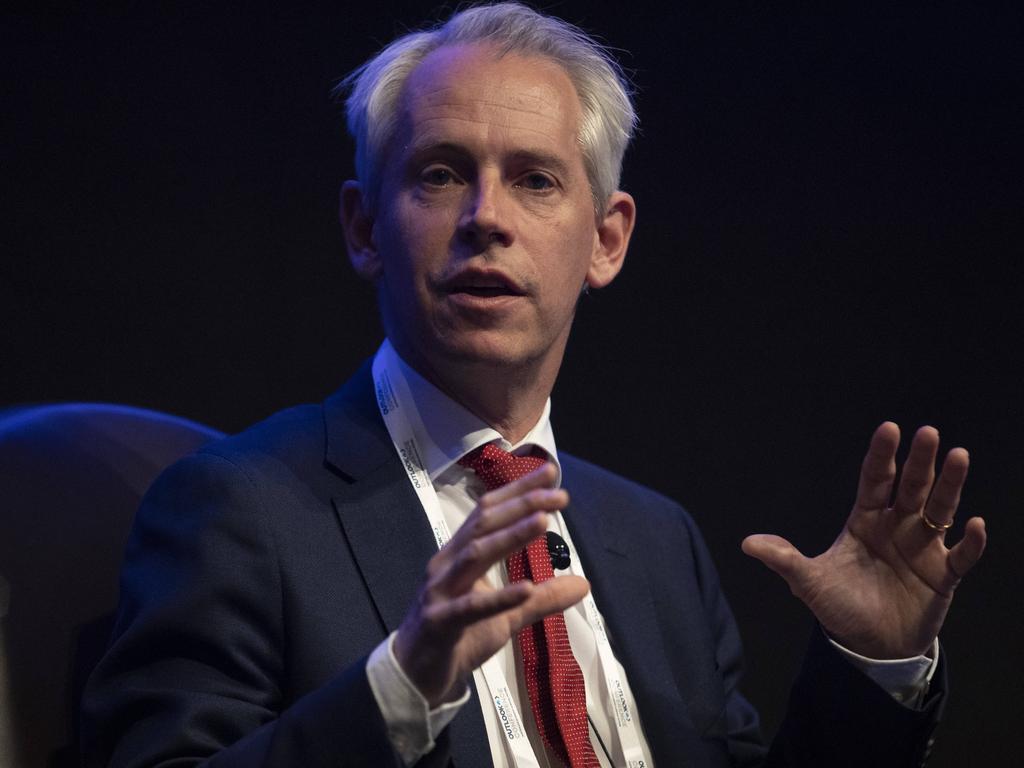


A dilapidated third-floor Bondi apartment sold for $7m at auction on Saturday, $3m above the reserve.